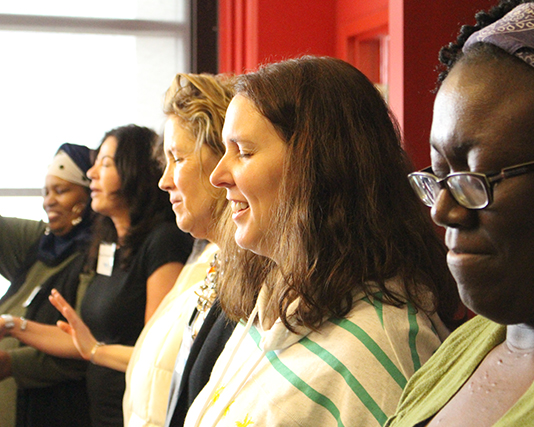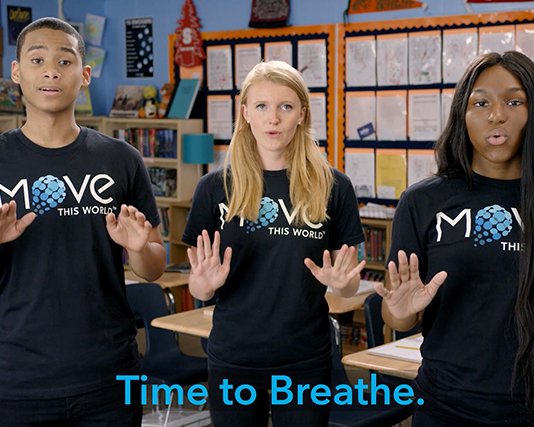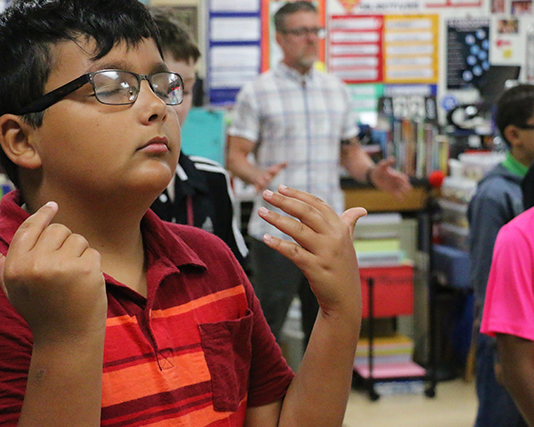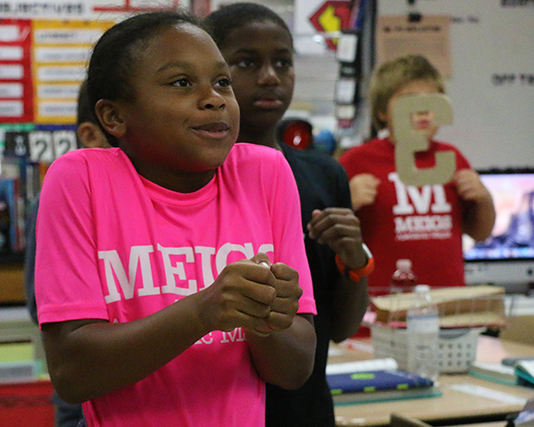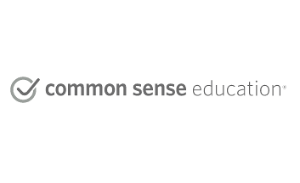This article was contributed by Marisa Rissling, principal of Eastside Elementary School in Lancaster, California. Principal Rissling reflects on ways that administrators and educators can support students in their proactive mental health journey and involve all stakeholders in order to ensure the best possible outcomes within MTSS.
I recently overheard a conversation between two students outside of my office, as I was preparing to meet with each of them for disciplinary reasons. As I listened, I heard them first speaking about the reasons each of them had been sent to see me, and then discussing how they could have prevented themselves from making the mistakes they did. One student brought up two of his favorite emotional management strategies, highlighting the ways they help him when he is angry.
As I listened to this conversation, I was overwhelmed with pride. Our school had employed various methods to facilitate and promote emotional wellness for our students. In this moment it became clear we had succeeded. Our number of behavioral incidents had already declined, but now our students were actually holding each other accountable and educating one another on conflict resolution skills!
For any administrator or educator attempting to obtain this level of success for their own students, my word of advice is to create an environment for MTSS programming that pushes beyond the walls of the school into the community. To truly support your students in their proactive mental health journey, you will need to get all stakeholders on board with these goals, especially their parents. Here are 5 ways that our school continuously builds parent engagement to support the success of proactive and preventative mental health in our school.

